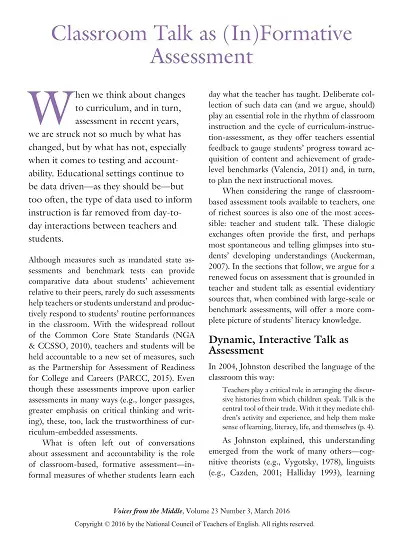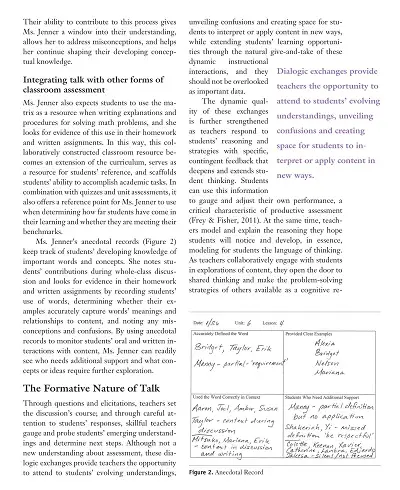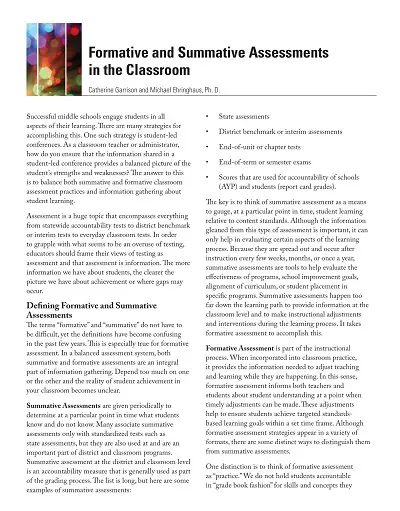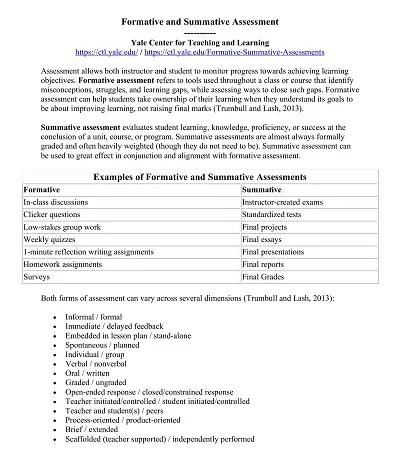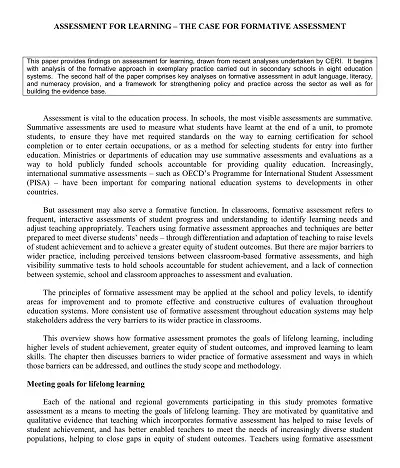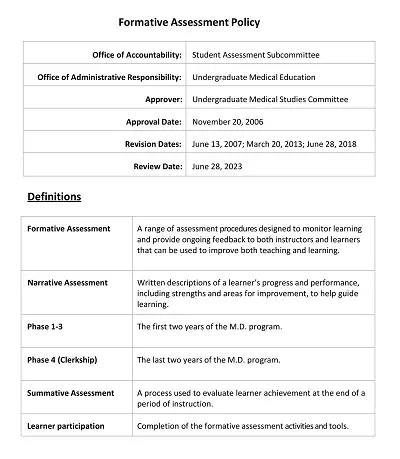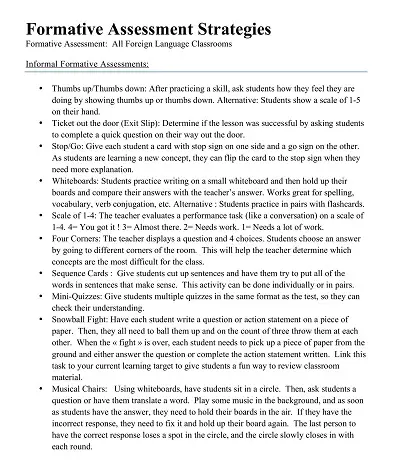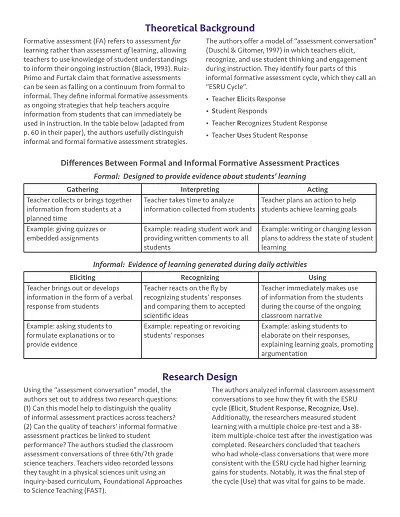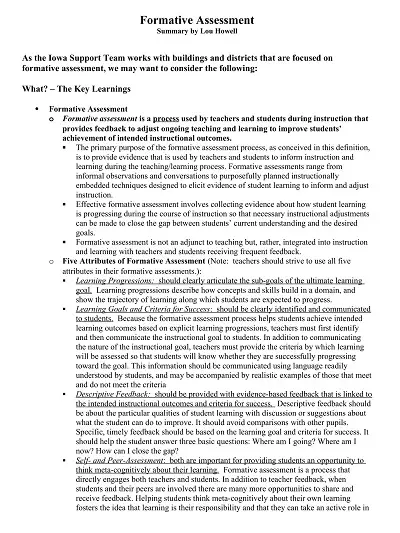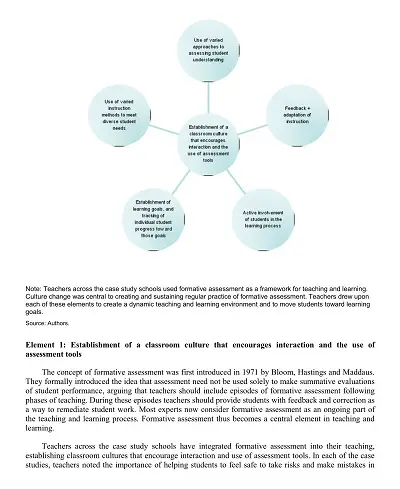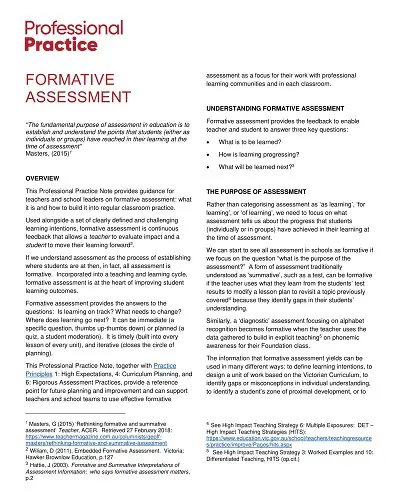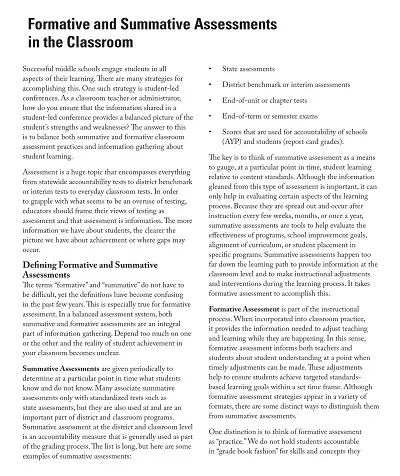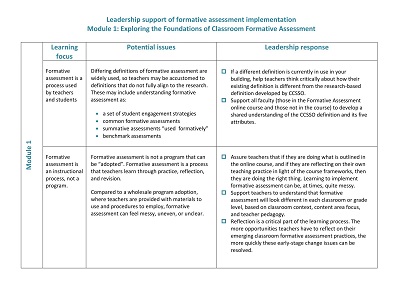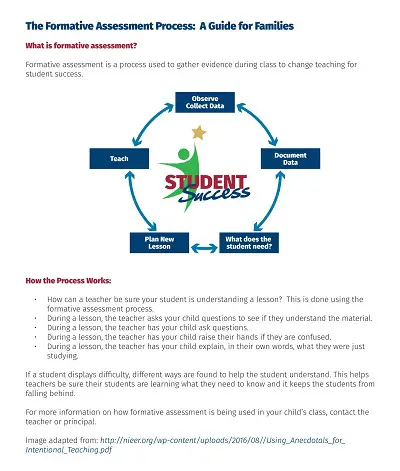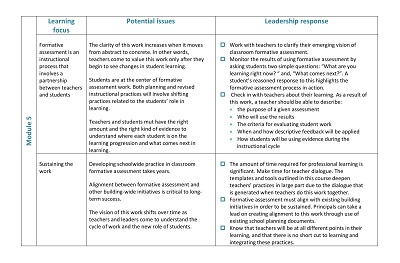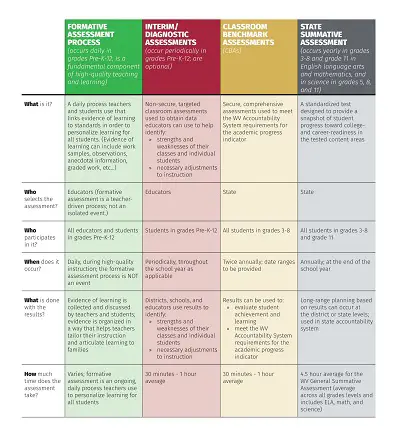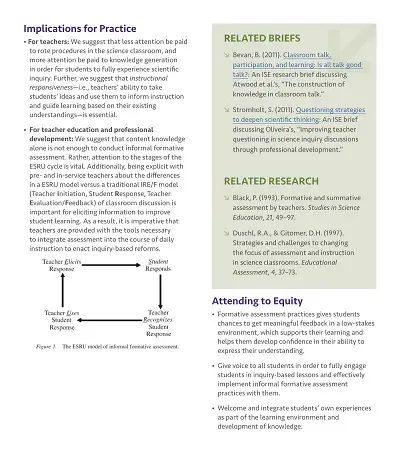26+ Free Formative Assessment Checklist Templates (PDF, Word)
Formative assessment is a crucial tool in any teacher’s toolbox. It aids in measuring student progress, identifying areas for improvement, and providing constructive feedback. To effectively conduct formative assessments, teachers require an organized method of recording and analyzing student performance data. This is where a formative assessment checklist template comes in handy.
Table of Contents
These templates provide a clear structure for assessing students through various methods such as observations, quizzes, or tests. They allow teachers to customize their assessments to match their teaching style and student needs. A well-designed formative assessment checklist template can help teachers observe and track students effectively, ensuring that progress is being made, and students are achieving their full potential.
Download Free Formative Assessment Checklist Templates
Benefits of Using Formative Assessment Checklists
Formative assessment checklists are an incredibly useful tool for teachers, giving them the ability to track student progress and tailor their teaching methods accordingly. These checklists offer a simple way to measure learning and identify areas of weakness, allowing teachers to provide the extra support needed to help students succeed.
By using formative assessment checklists, teachers can also provide more targeted feedback to students, helping them develop their skills and confidence. Whether you’re a seasoned educator or just starting out, incorporating these checklists into your teaching practices can greatly improve the learning outcomes for your students. So why not give yourself and your students the edge they need to succeed?
Key Elements of a Formative Assessment Checklist
Formative assessments are an essential part of any educational setting, helping educators identify what students know and where they need more help. Creating an effective checklist to guide these assessments is crucial in ensuring that teachers are evaluating the right elements of student learning.
The key components of a formative assessment checklist should include clear learning objectives, detailed criteria for assessment, a range of assessment methods, and a system for tracking student progress over time. By including these critical elements, teachers can effectively evaluate student understanding and provide targeted feedback to promote continued growth and success in the classroom.
Understanding the Formative Assessment Process
The formative assessment process is a valuable tool in learning. Before we dive in, let’s take a second to understand what formative assessment is. Essentially, formative assessment is a process used by educators to gauge the progress of their students throughout the learning process.
The purpose of formative assessment is to provide timely feedback to students and adjust instruction accordingly, helping to emphasize student learning and maximize academic success. This is a continual learning process that depends on effective communication between the teacher and students, and it encourages individual student growth and success. When formative assessments are used effectively, they promote a more student-centered approach to teaching, leading to confident and successful students.
How to Create a Formative Assessment Checklist Template
As educators, testing and evaluation are an integral part of our jobs, but it’s not always easy to create an effective assessment method for every student. Formative assessment is a valuable tool for identifying areas of improvement in student learning, and a checklist is a practical and visual way to outline your assessment goals.
- Identify the Learning Objectives – Formative assessments should align with the curriculum and goals of the lesson. Start by listing the desired learning objectives for the assessments. For example, if you are teaching math and want to assess addition and subtraction, your learning objectives could be “Addition of 2-digit numbers” and “Subtraction of 2-digit numbers.”
- Create Specific Assessment Items – After identifying the learning objectives, create specific assessment items that align with each objective. The assessment items should be detailed enough to identify areas of strength and weakness.
- Organize Assessment Items – Once the assessment items have been identified, it is important to organize them in a logical manner. Grouping them under each learning objective could be a way to organize them for a visual representation of learning.
- Include Rubric and Scoring – Rubrics provide a clear definition of expectations and make the assessment more objective. Include a rubric and a scoring mechanism in the template. It will help you in grading and assessing the student’s performance more efficiently.
- Edit and Revise – After creating the initial checklist, it’s important to review and revise it based on feedback from other educators and your own experience using it. Revise it each time to get a more accurate picture of the student’s progress.

